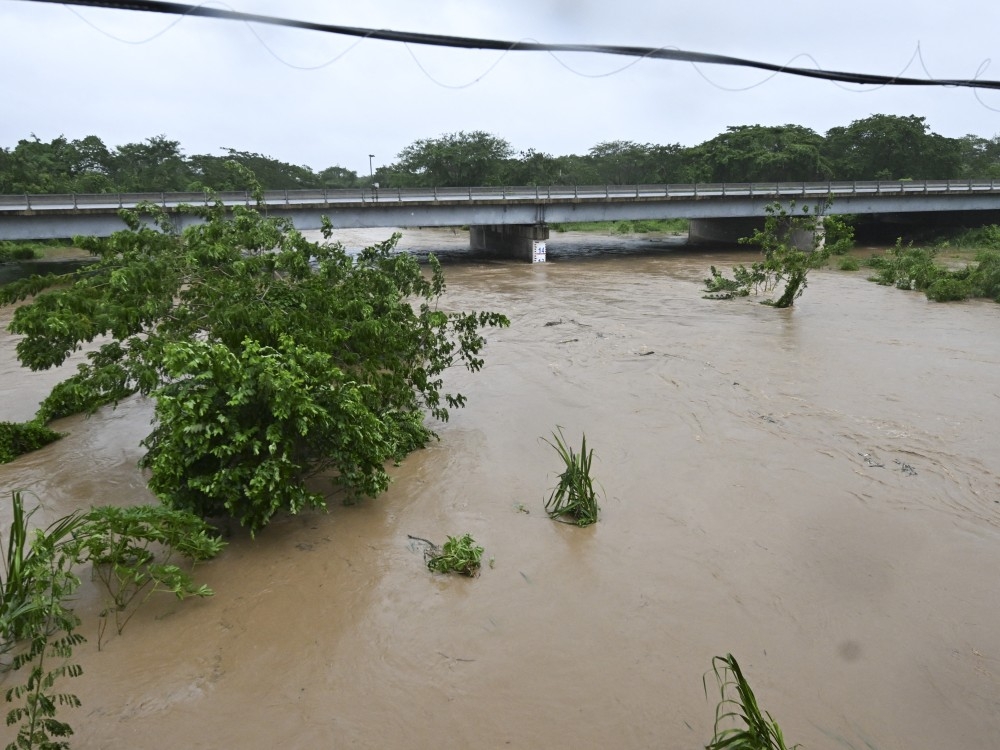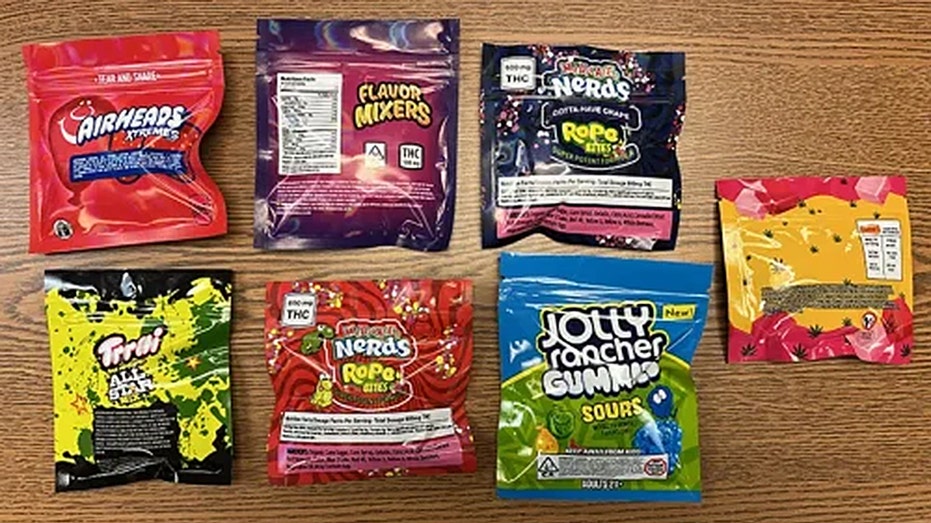Jamaica faces heightened hurricane risk during two distinct periods each year: from August to mid-September, and again in the final two weeks of October. These are the times when the warm Caribbean waters most readily fuel the development of these powerful storms. Now, the island is confronting a catastrophe unlike any seen in nearly two centuries.
Hurricane Melissa has crashed into Jamaica, unleashing a deluge predicted to exceed an entire year’s rainfall in just days. The storm arrived with the terrifying force of a Category 5 hurricane, boasting sustained winds reaching a staggering 295 km/h. Experts are already calling it the worst storm to impact Jamaica since record-keeping began 174 years ago.

The Jamaican government is working to keep its citizens informed, recognizing the gravity of the situation. Prime Minister Andrew Holness is utilizing official channels to disseminate the latest updates and guidance. Authorities are imploring all 2.8 million residents to shelter indoors, bracing for an impact potentially larger than that of Hurricane Gilbert, which devastated the island 37 years prior.
A particularly urgent message is directed towards younger generations. Many Jamaicans have never experienced a hurricane of this magnitude, and officials are stressing the deceptive calm within the storm’s eye. This lull is not a sign of improvement, but a dangerous pause before the storm’s most ferocious winds return.
Despite widespread power outages affecting approximately 35% of homes and businesses – some 240,000 customers – there are currently no plans to shut down the entire electricity grid. The hurricane’s force has already crippled critical infrastructure, forcing numerous power generation units offline.
Relief efforts are being coordinated, with the government directing aid through a dedicated official website. A stark warning has been issued to the public to be vigilant against fraudulent donation requests, emphasizing that only sites ending in “.gov.jm” are legitimate. International organizations, like the World Food Programme, are preparing to provide assistance.
However, access will be a significant challenge. If the storm surge is severe, delivering humanitarian aid and personnel will be incredibly difficult. Preparations are underway to utilize alternative airstrips to facilitate the arrival of essential supplies.
Recent years have brought a series of damaging storms to Jamaica. In July of this year, Hurricane Beryl, a Category 4 storm, tragically claimed two lives and injured sixty, causing widespread power outages and communication failures. October 2012 saw Hurricane Sandy inflict damage ranging from minor to severe on homes, businesses, schools, and infrastructure.
Further back, in August 2008, Hurricane Gustav resulted in ten fatalities due to devastating floods and landslides, washing away homes and rendering roads impassable. Now, with Hurricane Melissa, Jamaica faces a new and terrifying chapter in its history with a storm that threatens to eclipse all previous disasters.




